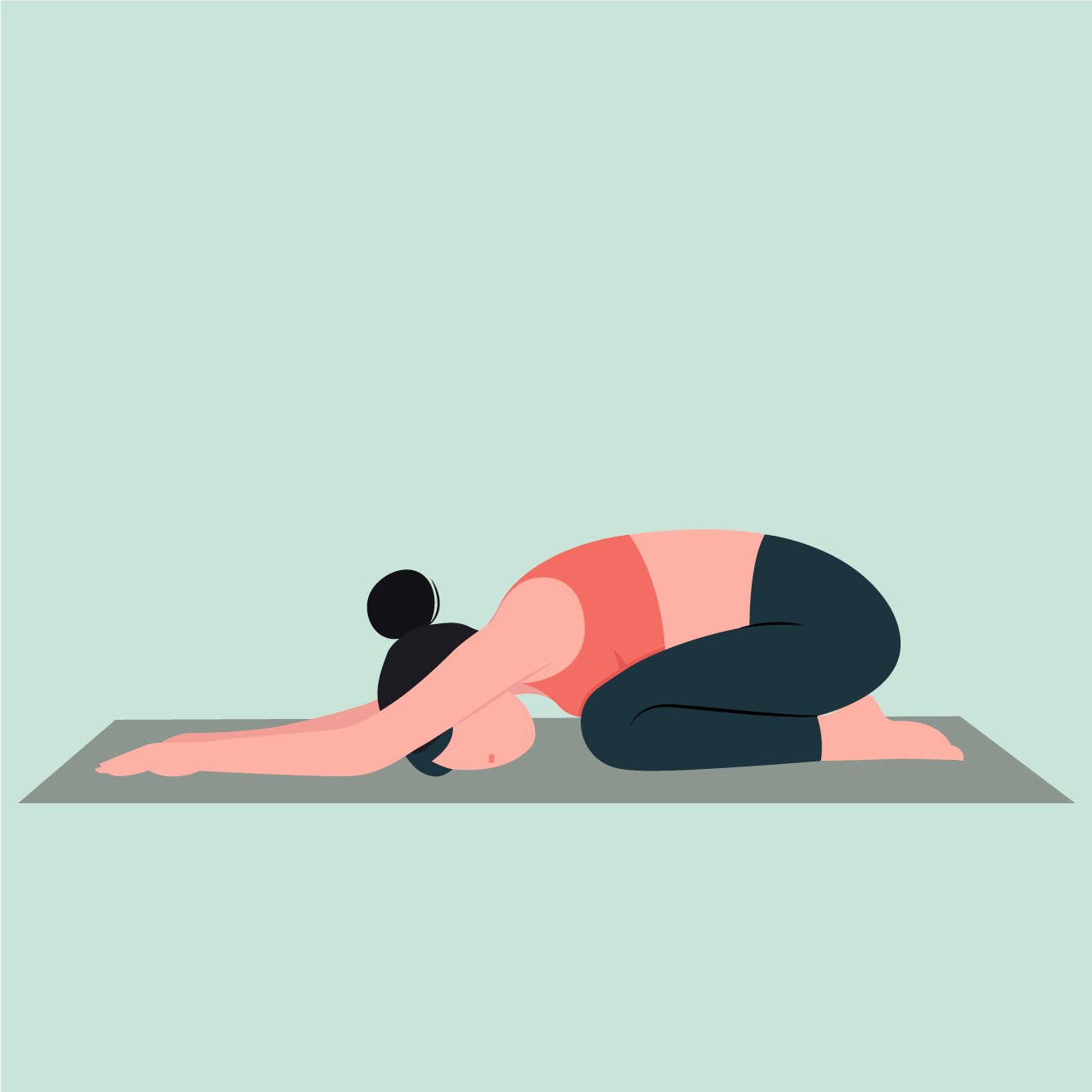Are Open Chain Exercises Safe After ACL Reconstruction?
Open chain knee extension exercises were historically avoided after ACL reconstruction because it was believed that they would potentially damage or loosen the graft. However, in recent years, open chain knee extension exercises have increased in popularity in attempts to strengthen the quadriceps. But are they safe to do during ACL reconstruction rehab?
Why Open Chain Exercises?
The quads hold the keys to success during ACL rehab. Weakness and inhibition of the quadriceps is a major issue that needs to be address early in ACL rehab. Lingering weakness in the quadriceps muscles can lead to alterations in movement patterns, walking mechanics, patellofemoral joint pain, etc. Open chain knee extension exercises is one of the best ways to isolate the quadriceps and build strength in attempts to mitigate the adverse effects if insufficient quadriceps strength.
Are Open Chain Exercises Safe?
Yes, but with caution, proper supervision, and not until week 6 (to allow the knee to calm down a bit after surgery). In ranges of 45-90 degrees of knee flexion, there is minimal to no stress on the ACL. The last 0-30 degrees of knee extension is where there is an increased amount of stress placed on the ACL. Because the range of motion matters in protecting the graft, working with a provider to supervise or using a machine that will limit range of motion to 45-90 degrees until week 12 needs to be incorporated. After week 12, range of motion can be opened up to a full range. In addition to range of motion, load needs to be properly managed. Generally, as with all resistance training exercises, it’s important to use a weight that you can move safely (err on the side of caution) and progressively overload week to week rather than throwing on a bunch of weight and placing your knee at a higher risk of injury.
Can You Strengthen Quads During Closed Chain Exercises?
Yes, but it depends. Oftentimes, patients with insufficient quad strength will adopt a hip dominant strategy during closed chain movements like lunges and squats. So despite your best efforts to load your quads in closed chain exercises, you may see limited improvements because you don’t have enough strength to feel safe enough to load your quads appropriately. It requires attention and being very meticulous with positioning to ensure that you are in fact loading your quad and not adopting a hip dominant strategy.
In closing, open chain exercises are generally safe if done with caution/proper supervision, range of motion is limited to 45-90 degrees (week 6-12), and load is appropriate. They are one of the best ways to isolate the quadriceps and build strength so that you can complete closed chain exercises more effectively.
References:
1) Perriman, A., Leahy E., and Semciw A.I. "The Effect of Open- Versus Closed-Kinetic-Chain Exercises on Anterior Tibial Laxity, Strength, and Function Following Anterior Cruciate Ligament Reconstruction: A Systematic Review and Meta-analysis." Journal of Orthopaedic & Sports Physical Therapy, vol. 48, no. 7, Jul. 2018, pp. 517-602.
Other Posts You Might Like
















